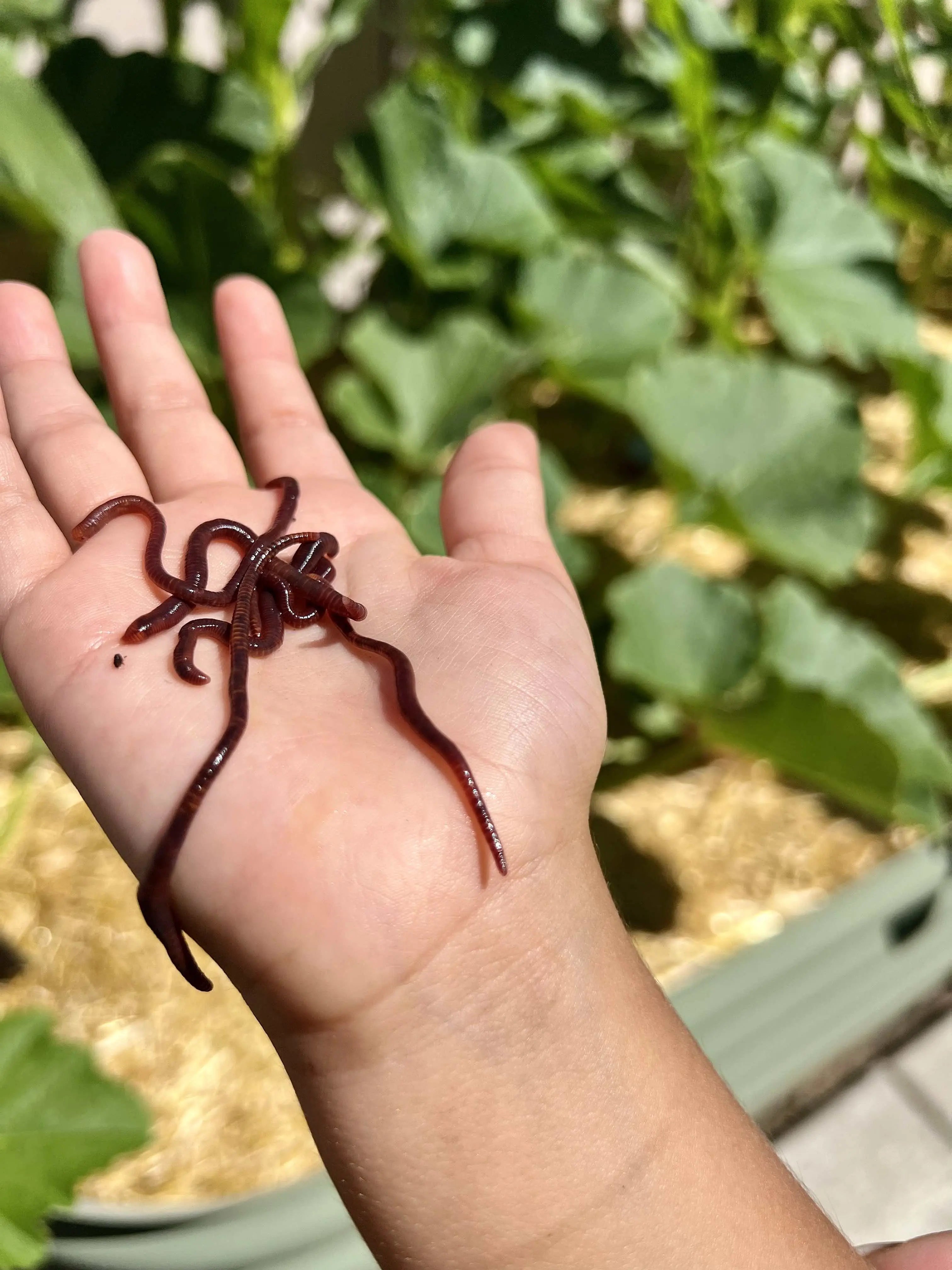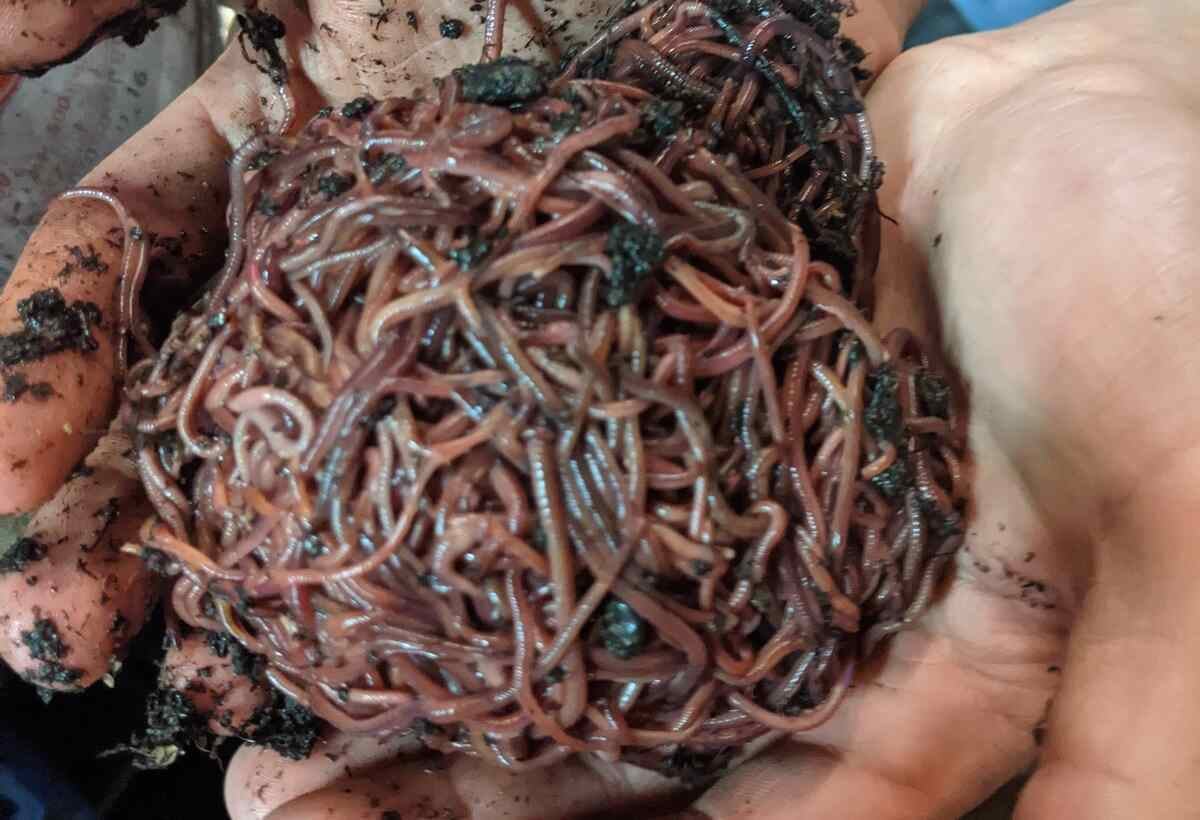Red Wigglers: The Unsung Heroes of Organic Waste Recycling
Red wigglers, or Eisenia fetida, act as essential agents in the organic waste recycling process, transforming discarded materials right into valuable vermicompost. Their effective breakdown of organic issue not only boosts soil quality but also adds to sustainable waste management practices. As the world progressively seeks remedies to fight waste build-up and boost farming performance, recognizing the function of these worms ends up being necessary. What systems enable them to prosper in garden compost atmospheres, and just how can they be efficiently made use of in both property and business settings? Discovering these inquiries reveals the broader ramifications of vermicomposting in our eco-friendly landscape.
What Are Red Wigglers?
The exceptional resilience of red wigglers, scientifically known as Eisenia fetida, underscores their crucial duty in natural waste recycling. These little, reddish-brown earthworms are typically found in breaking down organic matter, such as compost piles and manure loads. Lake Hickory Bait. Unlike other earthworm varieties, red wigglers thrive in nutrient-rich settings and are extremely effective at breaking down organic products, making them vital for vermicomposting

(Red Wiggler Express)In enhancement to their function in waste reduction, red wigglers add to dirt health and wellness by enhancing soil framework and aeration through their burrowing activities (Lake Hickory Bait). Their visibility in composting systems not only enhances decay rates however also promotes a sustainable method to waste management, illustrating their relevance in ecological conservation initiatives
Benefits of Composting With Worms
Composting with worms, specifically red wigglers, provides various advantages that enhance both waste monitoring and dirt health and wellness. These worms efficiently damage down organic waste, converting it right into nutrient-rich vermicompost that enriches dirt. This process accelerates decay, enabling a faster recycling of kitchen scraps and other organic materials compared to standard composting techniques.
Additionally, the vermicompost generated by red wigglers is brimming with advantageous microorganisms, which help improve soil structure, aeration, and wetness retention. This improves the overall wellness of plants, promoting strenuous growth and enhanced yields in yards and farming setups. Furthermore, the use of worms in composting reduces the manufacturing of greenhouse gases, such as methane, adding to a more lasting waste administration system.

Exactly How to Beginning Vermicomposting
Developing a vermicomposting system is a straightforward procedure that can produce substantial advantages for both waste management and soil enrichment. To start, select an appropriate container, such as a plastic container or wooden box, with adequate ventilation openings to make sure correct airflow. The dimensions ought to ideally be around 2 feet by 3 feet, enabling enough area for the worms to flourish.
Following, prepare bed linen product, which can contain shredded paper, cardboard, or coconut coir. This bed linens ought to be dampened to create a suitable habitat for the worms. Once the bed linen is in place, introduce red wigglers (Eisenia fetida) into the container, usually around one pound of worms for each square foot of area.
Following the positioning of worms, add natural waste, such as fruit and veggie scraps, coffee grounds, and crushed eggshells. With these actions, you will efficiently launch a vermicomposting system that adds to lasting waste monitoring and improves your dirt.
Preserving a Healthy And Balanced Worm Container
(Red Wiggler Express)Maintaining a worm container growing requires regular attention and like guarantee the wellness of the red wigglers and the efficiency of the composting process. Proper maintenance begins with checking the wetness levels; the bin must be damp but not waterlogged. An excellent guideline of thumb is to preserve a consistency similar to a wrung-out sponge.
Gently mixing the bed linen and food scraps every few weeks prevents compaction and guarantees that all worms have access to oxygen. Furthermore, dig this it is crucial to feed the worms appropriately.
If the bin becomes as well hot or cool, the worms may become worried. By faithfully taking care of these aspects, one can maintain a durable and efficient worm container.
Influence on Sustainable Living
The successful maintenance of a worm container not only profits the health of red wigglers but additionally adds substantially to sustainable living methods. By recycling organic waste, such as kitchen area scraps and yard debris, red wigglers help draw away substantial quantities of material from garbage dumps. This reduction in waste not just lowers greenhouse gas exhausts however additionally minimizes the environmental burden related to waste management.
Moreover, the castings created by red wigglers function as a nutrient-rich natural plant food, improving soil health and promoting plant development. This all-natural choice to chemical plant foods sustains lasting farming and horticulture practices, lowering reliance on artificial inputs that can damage communities. In addition, worm composting promotes understanding of waste administration, encouraging individuals and areas to take on more sustainable routines.

Verdict
In recap, red wigglers serve as essential contributors to organic waste recycling through their effective decay of organic products. By integrating vermicomposting right into waste monitoring methods, individuals and neighborhoods can dramatically minimize waste while promoting ecological sustainability.